“That is the last speech he will ever make.” So remarked John Wilkes Booth on April 11, 1865, after listening to President Abraham Lincoln deliver remarks outside the White House. Speaking to a crowd of thousands only two days after Robert E. Lee’s surrender at Appomattox Court House, Lincoln had mentioned his support of limited black suffrage, a position that enraged the well-known Maryland-born actor and Confederate sympathizer. Three days later, Booth arrived at Ford’s Theatre, where the Lincolns and their guests, Major Henry Rathbone and his fiancée, Clara Harris, were attending a performance of the play Our American Cousin. At around 10:15 p.m., Booth snuck into the presidential box, pointed a pistol to the back of Lincoln’s head, and pulled the trigger. He then drew a knife and slashed Rathbone, who tried to detain him, then jumped from the box to the stage floor, fracturing his left leg in the fall. Before making his escape on a horse waiting outside, Booth turned to the confused audience, raised his bloody knife over his head, and reportedly proclaimed, “Sic semper tryannis!” (“Thus always to tyrants!” in Latin). Lincoln, unconscious, was transported across the street to a bed in the first-floor room of a boardinghouse owned by William Petersen. He succumbed to his wound the following morning at 7:22 a.m, making him the first American president to die by an assassin’s hand. Eleven days later, Booth, holed up in the barn of a farm in northern Virginia, was shot and mortally wounded by Union soldiers. He died soon thereafter.
Shown here are images of artifacts associated with the Lincoln assassination. (All images courtesy of the Library of Congress.)
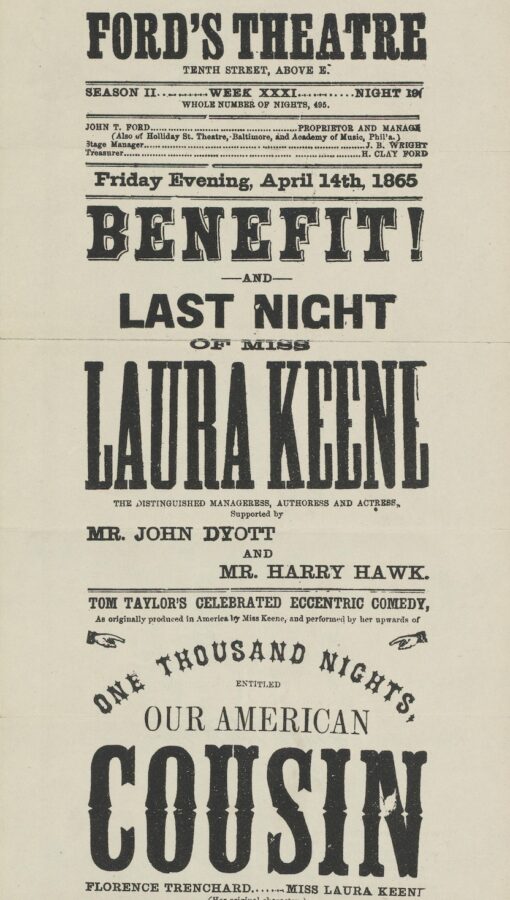
The playbill for Friday, April 14, 1865, the night Lincoln attended Ford’s Theatre.
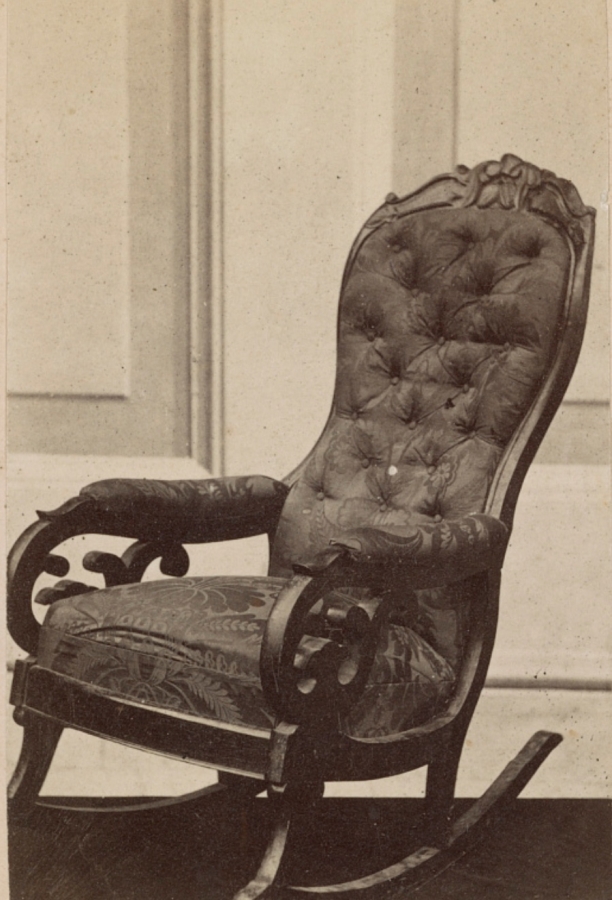
The chair in which Lincoln watched the play—and was assassinated.
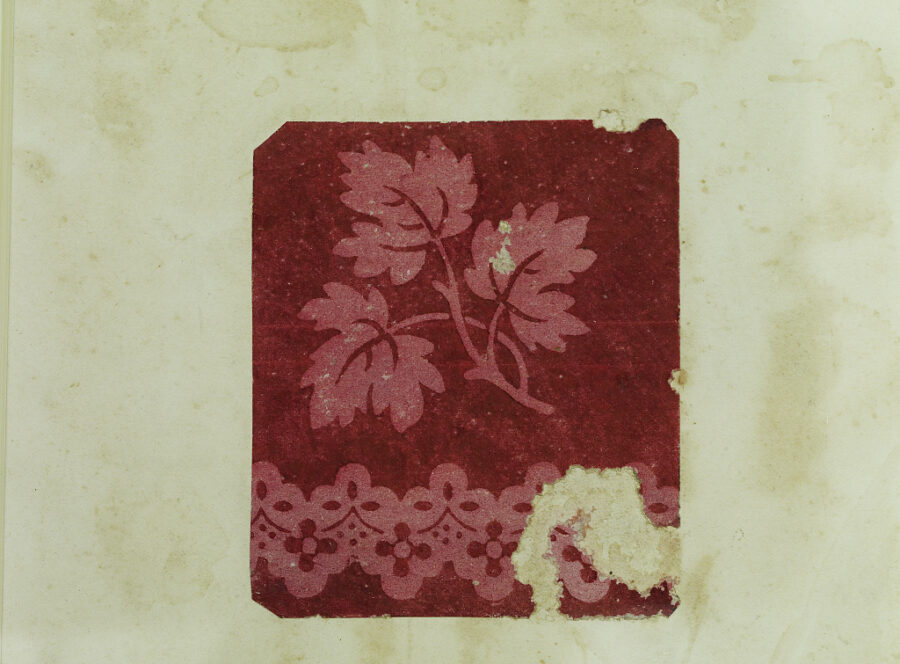
A piece of wallpaper from the box Abraham Lincoln was sitting in at Ford’s Theatre.
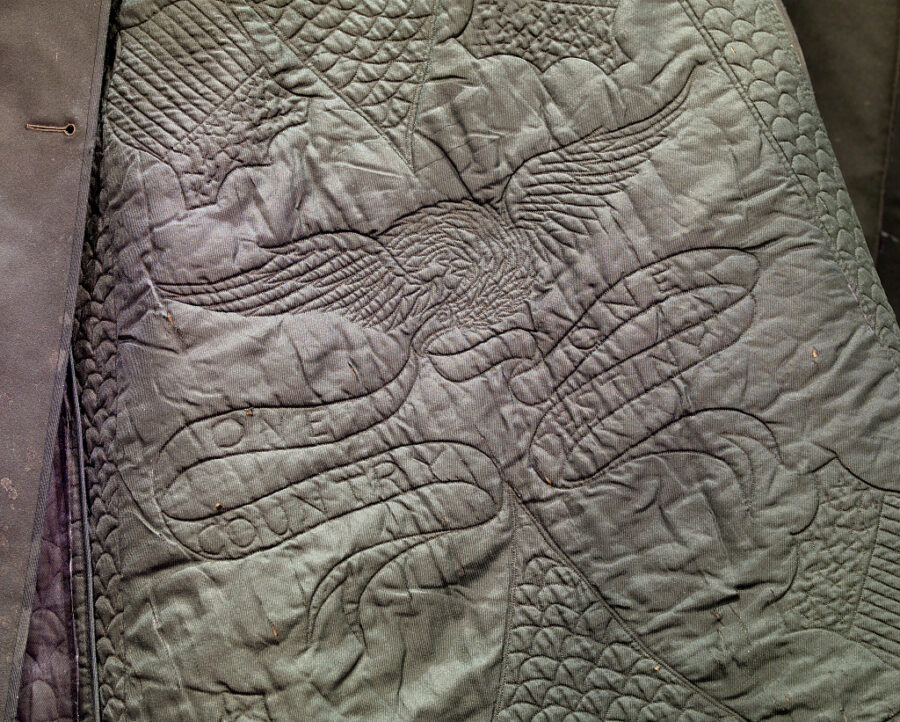
Detail of the coat Abraham Lincoln wore the night he was assassinated at Ford’s Theatre.
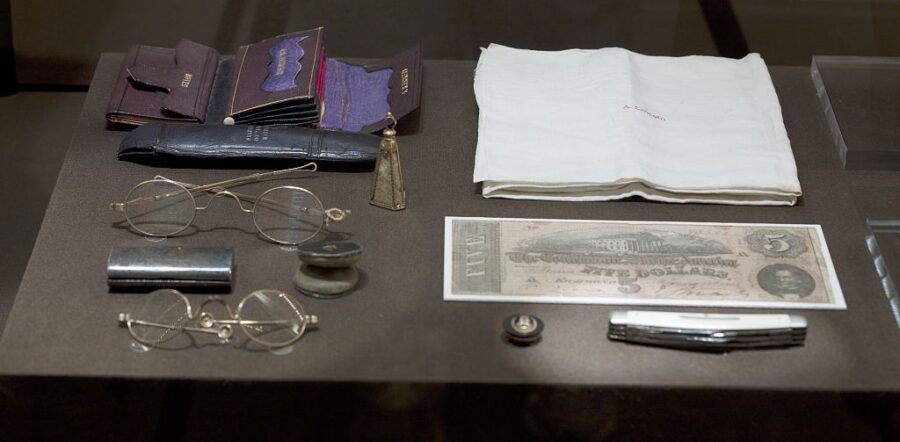
The contents of Abraham Lincoln’s pockets on the night of his assassination.
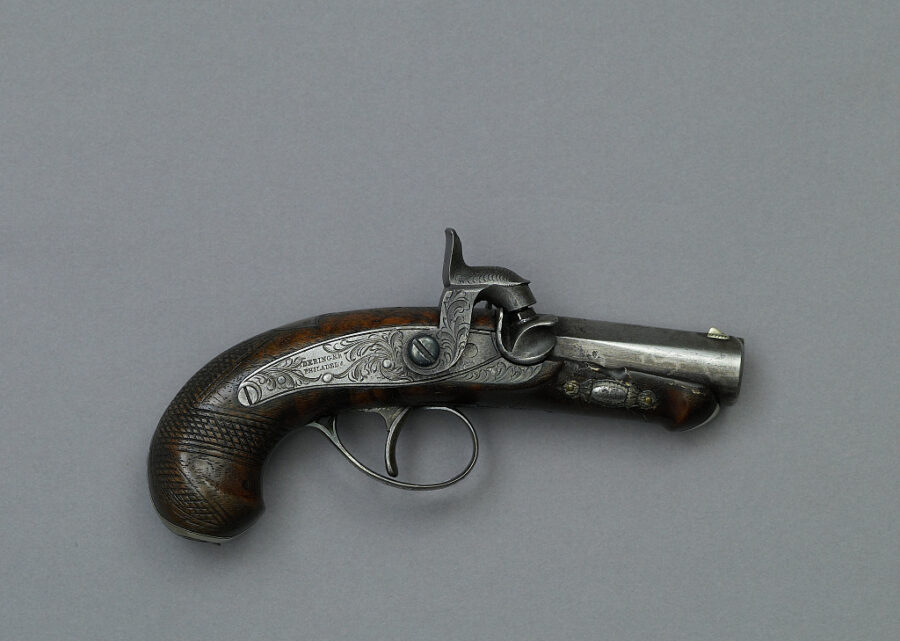
Ford’s Theatre Collection of Abraham Lincoln artifacts—the Darringer gun John Wilkes Booth used to assassinate Abraham Lincoln.
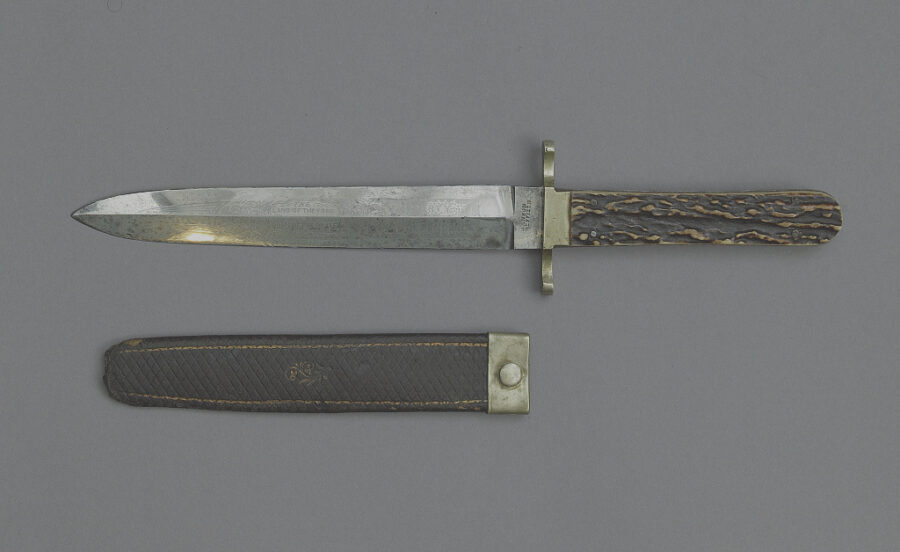
The horn-handled dagger used by Booth to stab Major Rathbone after shooting Lincoln.
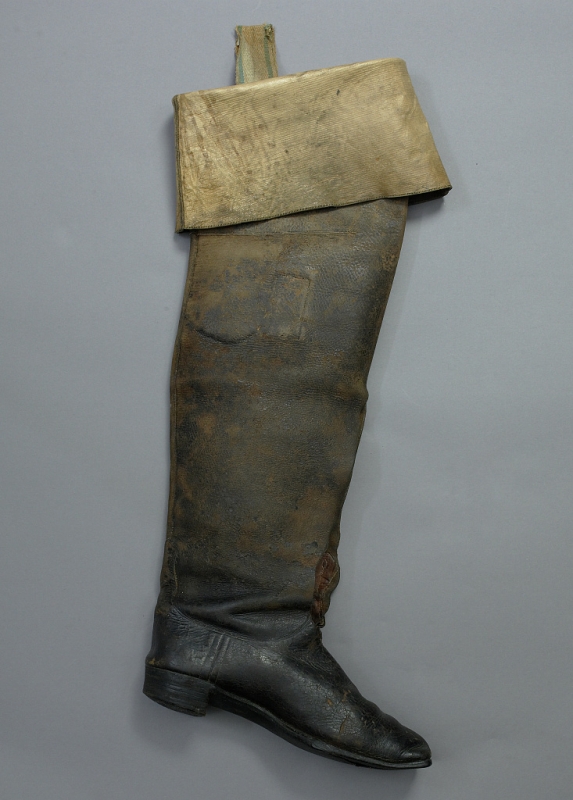
A boot worn by Booth on the night of the assassination. It was cut and removed by Dr. Samuel A. Mudd the next day when he treated the assassin’s injured leg.
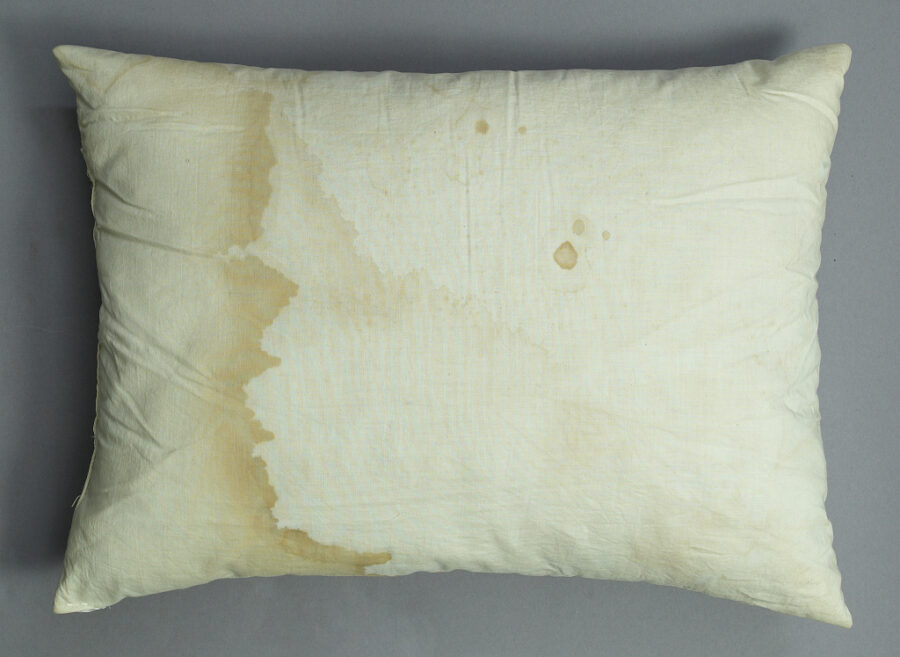
One of the blood-stained pillows that held Abraham Lincoln’s head the night he died.
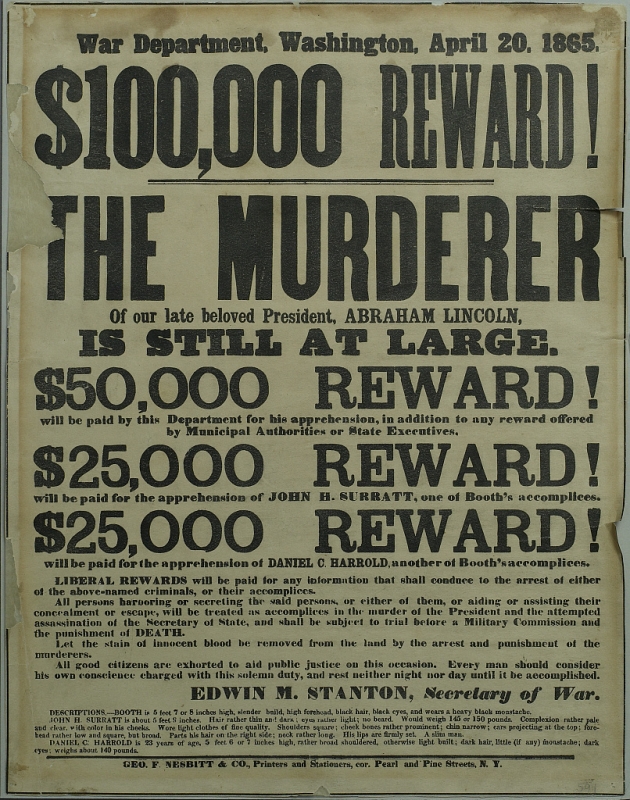
One of the many broadsides advertising rewards for the capture of Booth and his associates that were printed and circulated in the wake of the assassination.
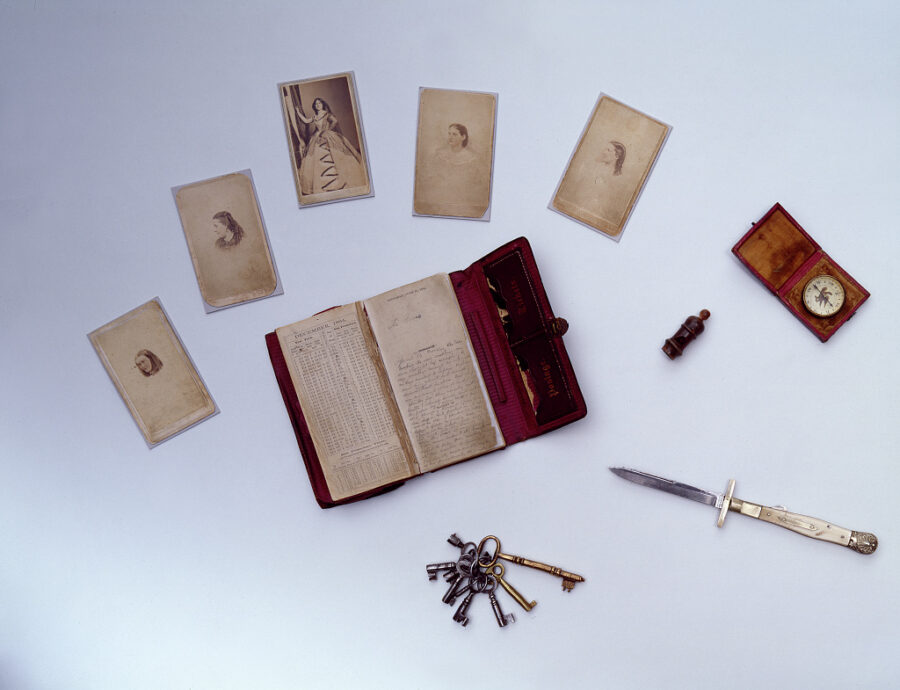
The contents of Booth’s pockets at the time of his death, including a diary (center) and compass (upper right).
Related topics: Abraham Lincoln

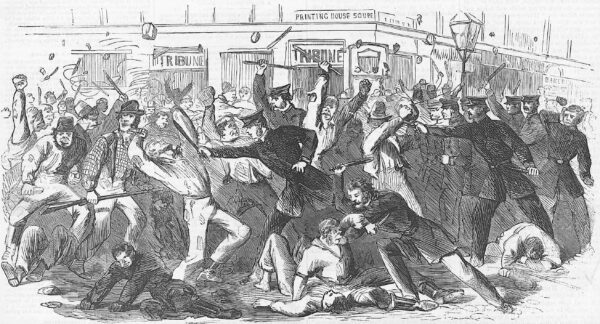
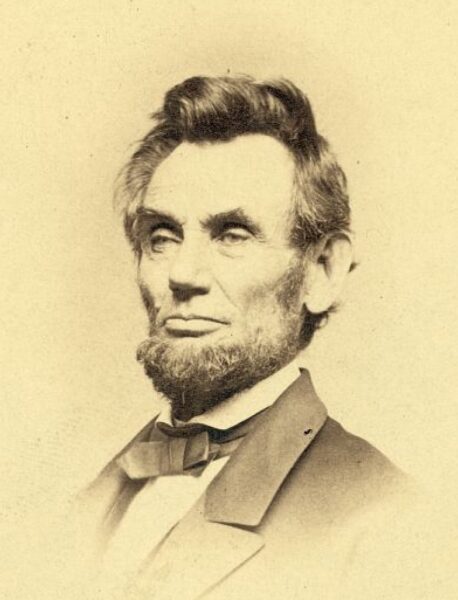
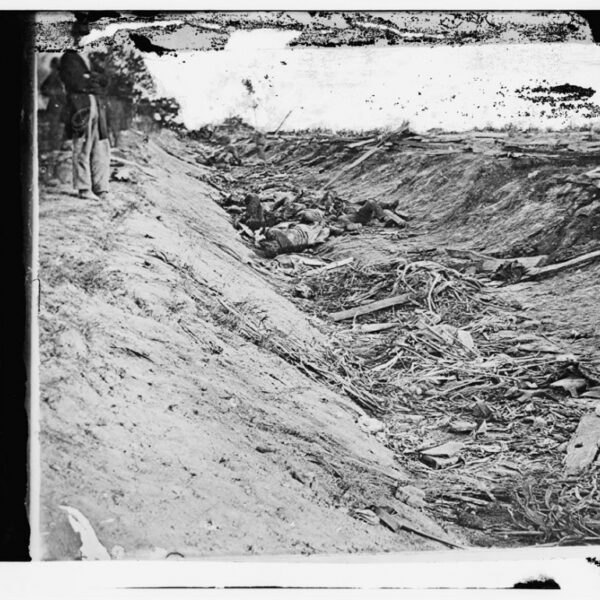
Just a short correction. The dagger pictured among the items in this showcase has scales (handle) made of antler, not horn; the dagger scales are likely made from a whitetail deer antler. Antlers and horns are made from different substances.